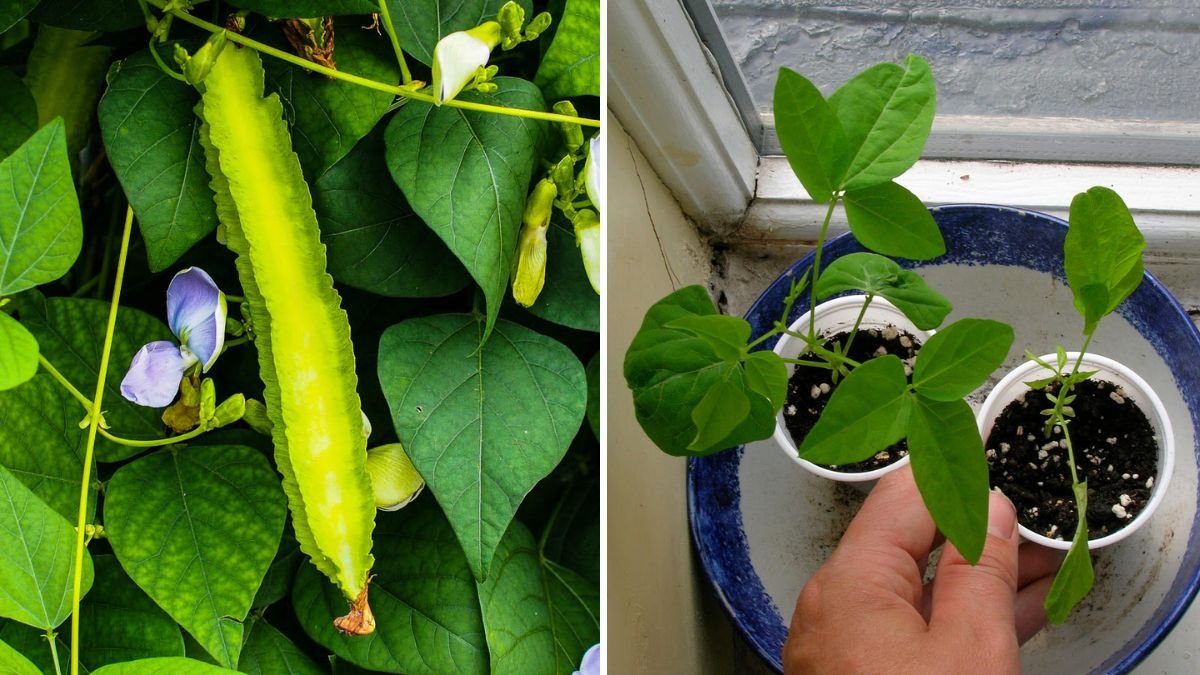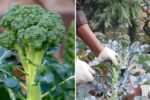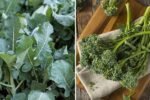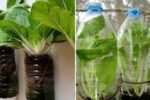Move over kale and edamame—the winged bean is here to claim its spot as the next big thing in healthy eating and sustainable gardening. Native to Southeast Asia, this climbing tropical legume is now making waves in American kitchens and backyards, prized for its versatility, nutritional punch, and eco-friendly nature.
Known scientifically as Psophocarpus tetragonolobus and affectionately called the “goa bean” or “asparagus pea,” the winged bean is a true farm-to-table champion—you can eat almost every part of the plant, from its tender pods and leaves to its flowers and roots.
For Americans interested in plant-based nutrition, regenerative gardening, and global flavors, the winged bean offers a perfect balance of sustainability, taste, and nourishment. In this detailed guide, we’ll explore everything about this remarkable bean—from how to grow it in U.S. climates to its culinary uses and incredible health benefits.
1. What Is the Winged Bean?
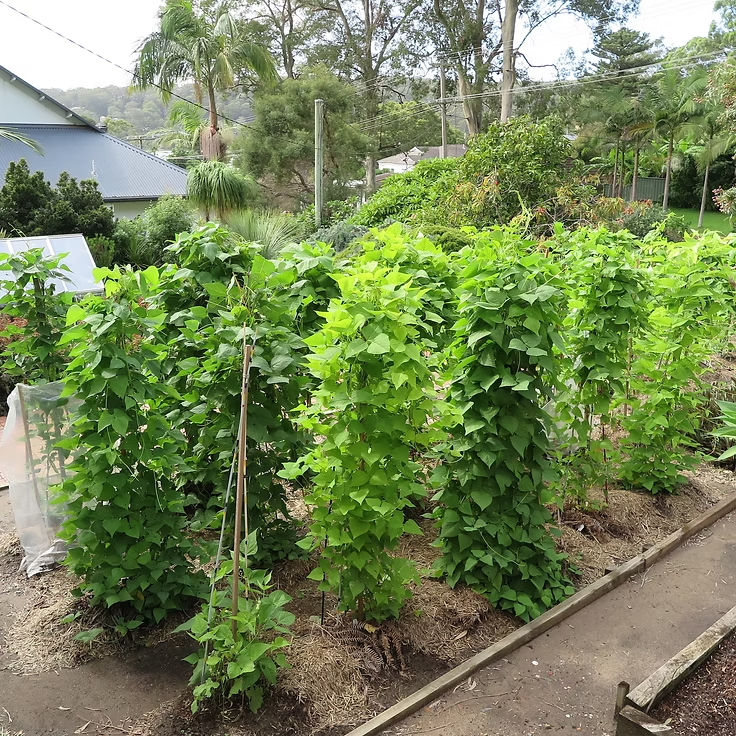
The winged bean is a climbing vine vegetable native to the humid tropics of Asia, where it’s been cultivated for centuries in countries like Thailand, Indonesia, and the Philippines. The plant produces bright green pods with distinctive wing-like edges—hence the name “winged bean.”
Each part of the plant is edible:
- Pods: Tender and crunchy, similar to green beans or snap peas.
- Leaves: Used like spinach in soups and stir-fries.
- Flowers: Edible and mildly sweet, often added to salads.
- Roots: Nutty and crisp, somewhat like jicama or potatoes.
- Seeds: High in protein and oil content—comparable to soybeans.
In essence, it’s a complete plant for both nutrition and sustainability, which is why agricultural researchers call it the “one-stop vegetable.”
2. Nutritional Powerhouse: Why Winged Bean Is a Superfood
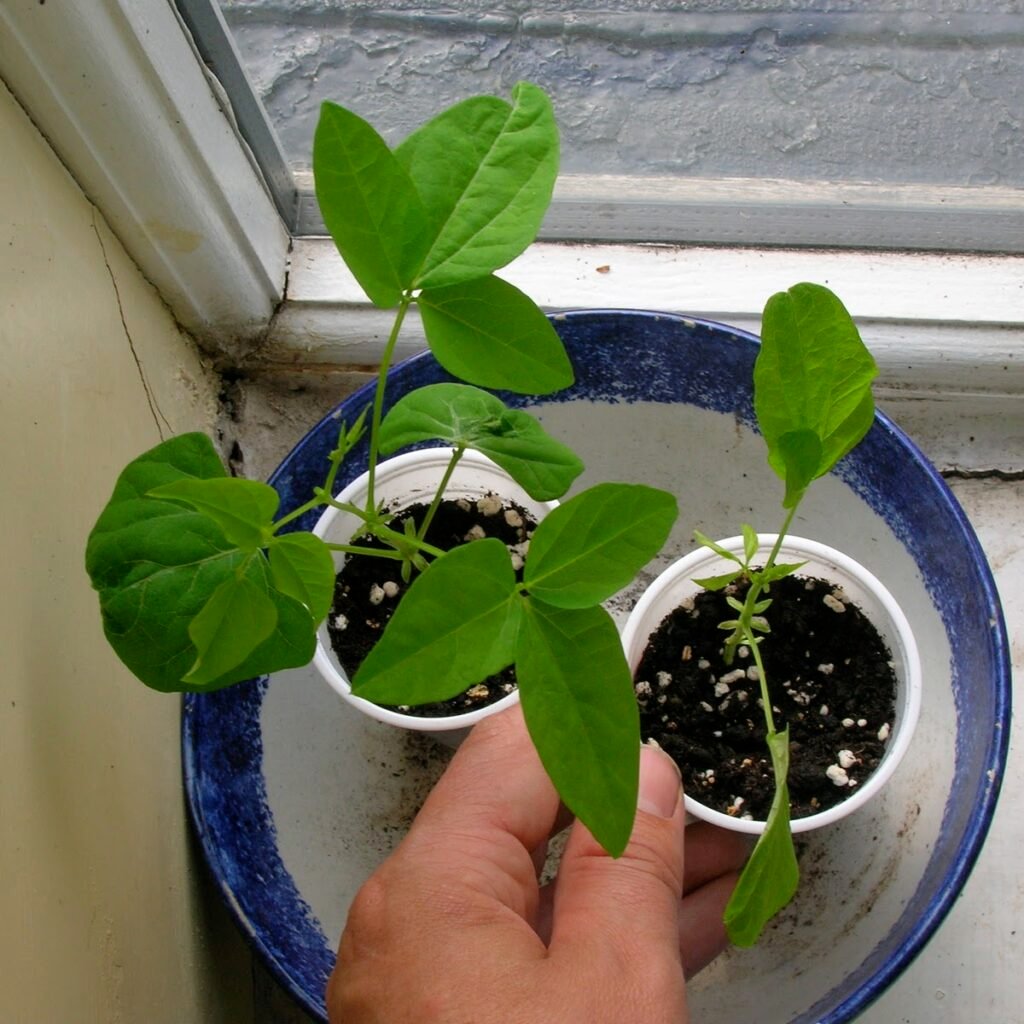
The winged bean isn’t just versatile—it’s exceptionally nutritious, earning it a growing reputation among health-conscious Americans and vegetarians.
a. High in Plant Protein
Winged bean seeds contain over 35% protein, nearly equivalent to soybeans, making it a powerful plant-based protein source. For vegans and vegetarians, it’s an excellent addition to a balanced diet.
b. Packed with Vitamins and Minerals
Winged beans are rich in:
- Vitamin A – Essential for eye health and immunity
- Vitamin C – Boosts collagen production and helps fight infections
- Vitamin E – Protects cells from oxidative damage
- Calcium, Iron, and Magnesium – Strengthen bones, blood, and muscles
c. High in Fiber
Its pods and leaves are high in dietary fiber, promoting healthy digestion and gut balance while keeping cholesterol levels in check.
d. Antioxidant and Anti-inflammatory
The bean’s natural compounds, including polyphenols and flavonoids, help reduce inflammation, improve circulation, and protect against chronic diseases.
e. Low-Calorie and Heart-Friendly
With fewer than 50 calories per cup of raw pods, the winged bean is perfect for low-carb, keto-friendly, or heart-healthy diets.
In short, it’s a nutrient-dense, low-fat, and protein-packed vegetable that fits beautifully into modern American wellness trends.
3. Growing Winged Beans in the U.S.
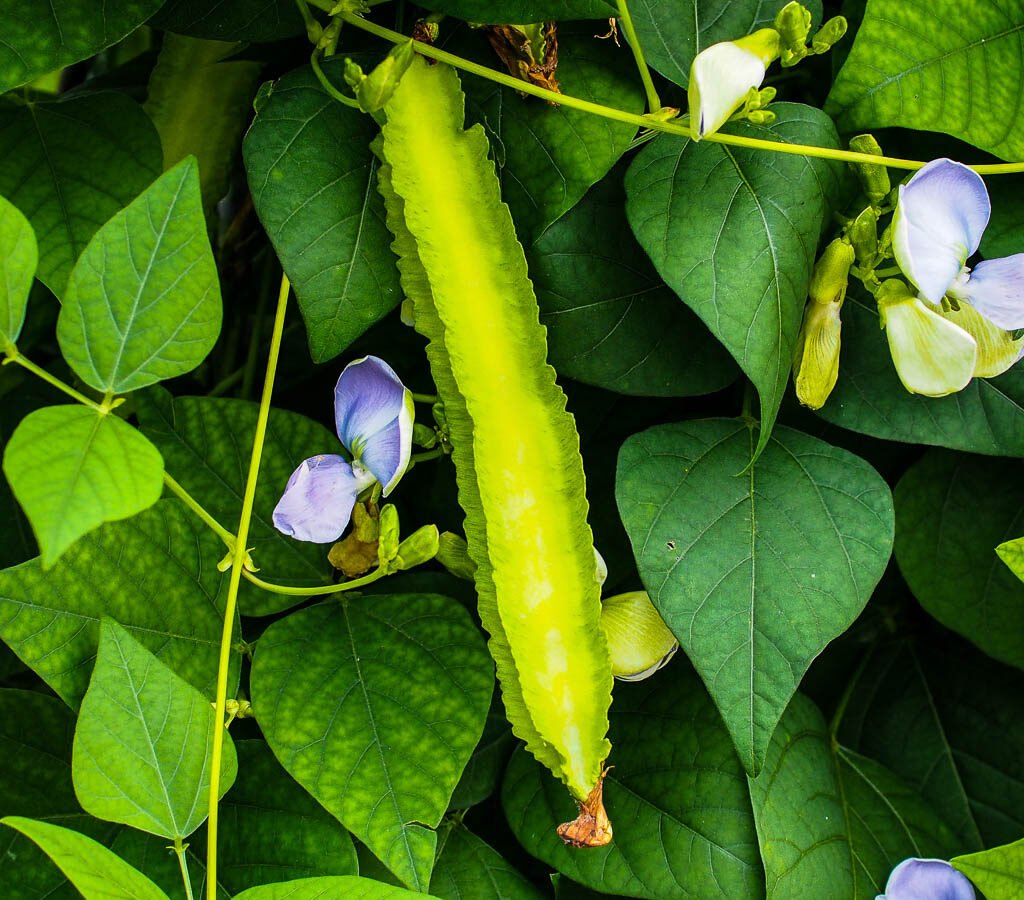
If you enjoy gardening, you’ll love growing winged beans—they’re beautiful, productive, and sustainable.
While native to tropical climates, winged beans can thrive in many parts of the United States with the right care.
a. Climate and Zones
Winged beans grow best in warm, humid climates with plenty of sunlight.
- Ideal Temperature: 70°F–90°F
- USDA Zones: 9–11 (Florida, Texas, Louisiana, Southern California, Hawaii)
- In cooler regions, you can grow them in greenhouses or containers during summer.
b. Soil and Location
- Prefers loamy, well-drained soil rich in organic matter.
- Soil pH should be 6.0–7.0.
- Plant in full sun for best results.
c. Planting
Winged beans can be grown from seeds.
- Soak seeds in warm water for 12–24 hours before planting to speed up germination.
- Sow seeds directly into the soil after the last frost.
- Space seeds about 1 foot apart, and provide a sturdy trellis or support—they love to climb!
d. Watering and Maintenance
Keep the soil consistently moist, especially during flowering. Avoid waterlogging, as it may cause root rot. The plant also benefits from a balanced organic fertilizer during growth.
e. Harvesting
- Pods are ready to harvest about 75–90 days after planting. Pick them while they’re still young and tender (around 6 inches long).
- Regular harvesting encourages new pod growth.
- The leaves and flowers can be picked as needed.
Winged beans are nitrogen-fixing plants, meaning they naturally enrich the soil, reducing the need for synthetic fertilizers—an eco-friendly bonus for home gardeners.
4. How to Cook and Enjoy Winged Beans
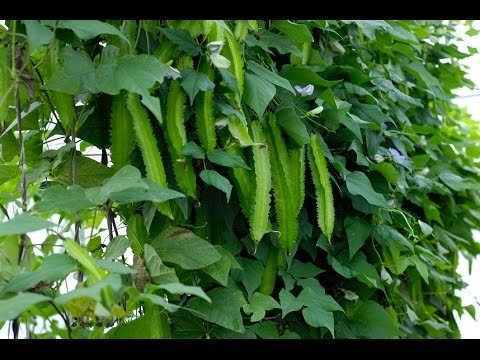
The winged bean’s mild, slightly nutty flavor and crunchy texture make it incredibly versatile in the kitchen. Every part of the plant can be turned into a delicious dish, giving it a unique appeal among creative American cooks and chefs.
a. Tender Pods
The young pods can be:
- Stir-fried with garlic and soy sauce
- Steamed or sautéed like green beans
- Added to curries, stews, or soups
- Used raw in salads for a crisp texture
b. Leaves
Winged bean leaves are tender and nutritious—perfect for:
- Adding to soups, omelets, or stews
- Mixing with spinach or kale in a sauté
- Blending into green smoothies for extra nutrients
c. Flowers
Their delicate blue blooms can:
- Garnish salads, rice dishes, or desserts
- Be brewed into winged bean flower tea for a floral, caffeine-free drink
d. Roots
The tuber-like roots have a pleasant crunch and slightly sweet flavor. Eat them raw, roasted, or stir-fried—similar to water chestnuts or potatoes.
e. Seeds
Once mature and dried, winged bean seeds can be:
- Boiled or roasted like peanuts
- Ground into flour for protein-rich baking
- Fermented or made into milk, similar to soy products
Sample American-Inspired Recipes
- Garlic Butter Winged Beans – Sauté young pods with butter, garlic, and lemon for a light side dish.
- Winged Bean Salad with Avocado – Mix blanched pods with cherry tomatoes, avocados, and a lime vinaigrette.
- Spicy Coconut Curry with Winged Beans – Combine with coconut milk, ginger, and chili for a creamy vegan entrée.
- Grilled Winged Bean Skewers – Brush pods with olive oil and grill them for a smoky summer treat.
Its adaptability across cuisines—from Southeast Asian to Southern American—makes the winged bean an exciting ingredient for foodies and home chefs alike.
5. Health Benefits of Winged Bean
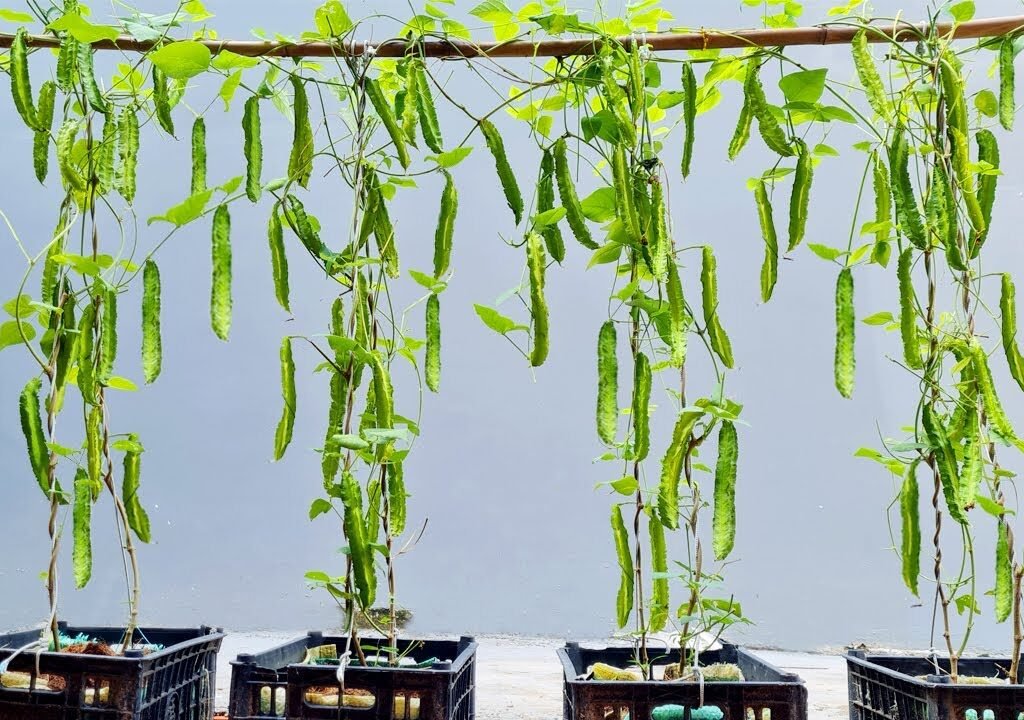
Beyond its delicious taste, the winged bean has an impressive list of science-backed health benefits that align with today’s wellness priorities.
a. Supports Muscle Growth
Thanks to its high protein and amino acid content, winged beans help support muscle repair and energy metabolism, making them ideal for athletes or fitness enthusiasts.
b. Improves Heart Health
Rich in fiber and potassium, the winged bean helps lower cholesterol levels and supports healthy blood pressure.
c. Enhances Digestion
The bean’s fiber content aids gut health, prevents constipation, and maintains digestive balance.
d. Strengthens Bones
High calcium and magnesium levels make winged beans excellent for bone density and joint support.
e. Boosts Immunity
Loaded with Vitamin C and antioxidants, the plant naturally enhances immune defense and cellular regeneration.
f. Regulates Blood Sugar
Winged beans have a low glycemic index and may help manage blood glucose levels, making them a smart choice for diabetics or those monitoring sugar intake.
6. Winged Bean and Sustainability: A Future Crop for America
In an era where climate change and soil depletion are global challenges, the winged bean stands out as a model of sustainable agriculture.
Here’s why:
- Nitrogen Fixing: Like other legumes, it improves soil fertility naturally.
- Low Input: Requires minimal fertilizer and pesticides.
- Drought-Resistant: Adapts well to tropical and subtropical climates.
- High Yield: Produces abundant edible parts with minimal space and water.
This makes it an eco-friendly crop for U.S. growers seeking sustainability, biodiversity, and resilience in their gardens or small farms.
Agricultural experts suggest that with proper promotion, the winged bean could become a future food crop in tropical U.S. states, supporting both nutrition and sustainable food production.
7. Winged Bean in American Markets and Cuisine
Thanks to rising interest in global foods and plant-based living, the winged bean is slowly appearing in:
- Ethnic grocery stores (particularly Asian and Filipino markets)
- Farmers’ markets in warmer regions
- Health food stores offering exotic greens
- Restaurants specializing in fusion or sustainable cuisine
Chefs across the U.S. are incorporating it into farm-to-table dishes, highlighting its texture and versatility. It’s also being studied as a potential source of plant-based protein flour for use in snacks, energy bars, and vegan alternatives.
8. Final Thoughts: A Hidden Gem for the Modern American Table
The winged bean is more than just a vegetable—it’s a complete plant system, offering nourishment, sustainability, and endless culinary potential. With every part of it being edible, it perfectly embodies the zero-waste, eco-conscious philosophy modern Americans value.
From its protein-packed seeds to its tender green pods, the winged bean is poised to become a superstar in home gardens and kitchens across America. Whether you’re a gardener, a nutrition enthusiast, or an adventurous cook, this tropical treasure is worth exploring.
So, next time you want to grow or cook something new, think beyond the usual greens—give the winged bean a place on your plate and in your backyard. It’s nature’s ultimate multitasker—nutritious, sustainable, and absolutely delicious.
